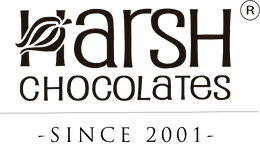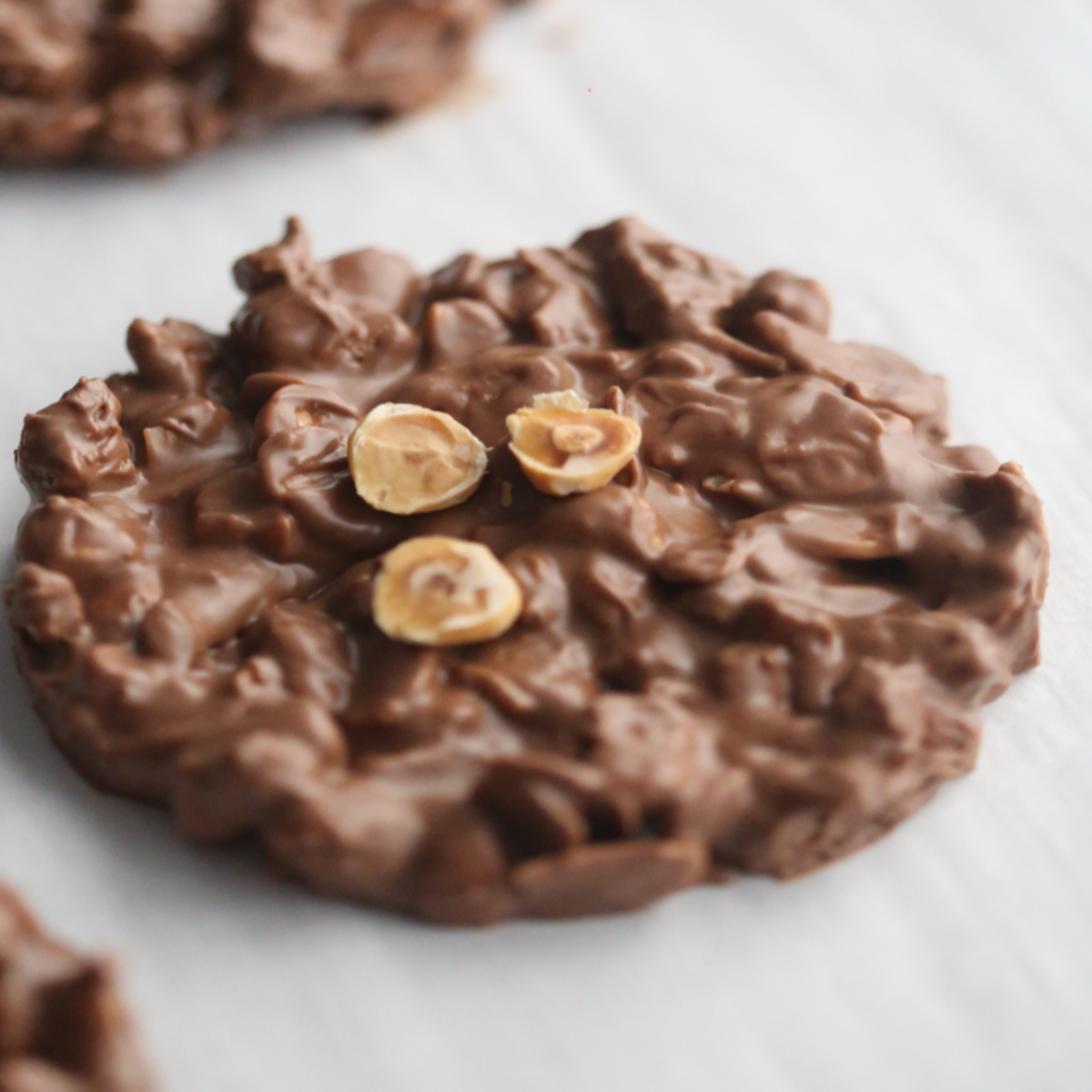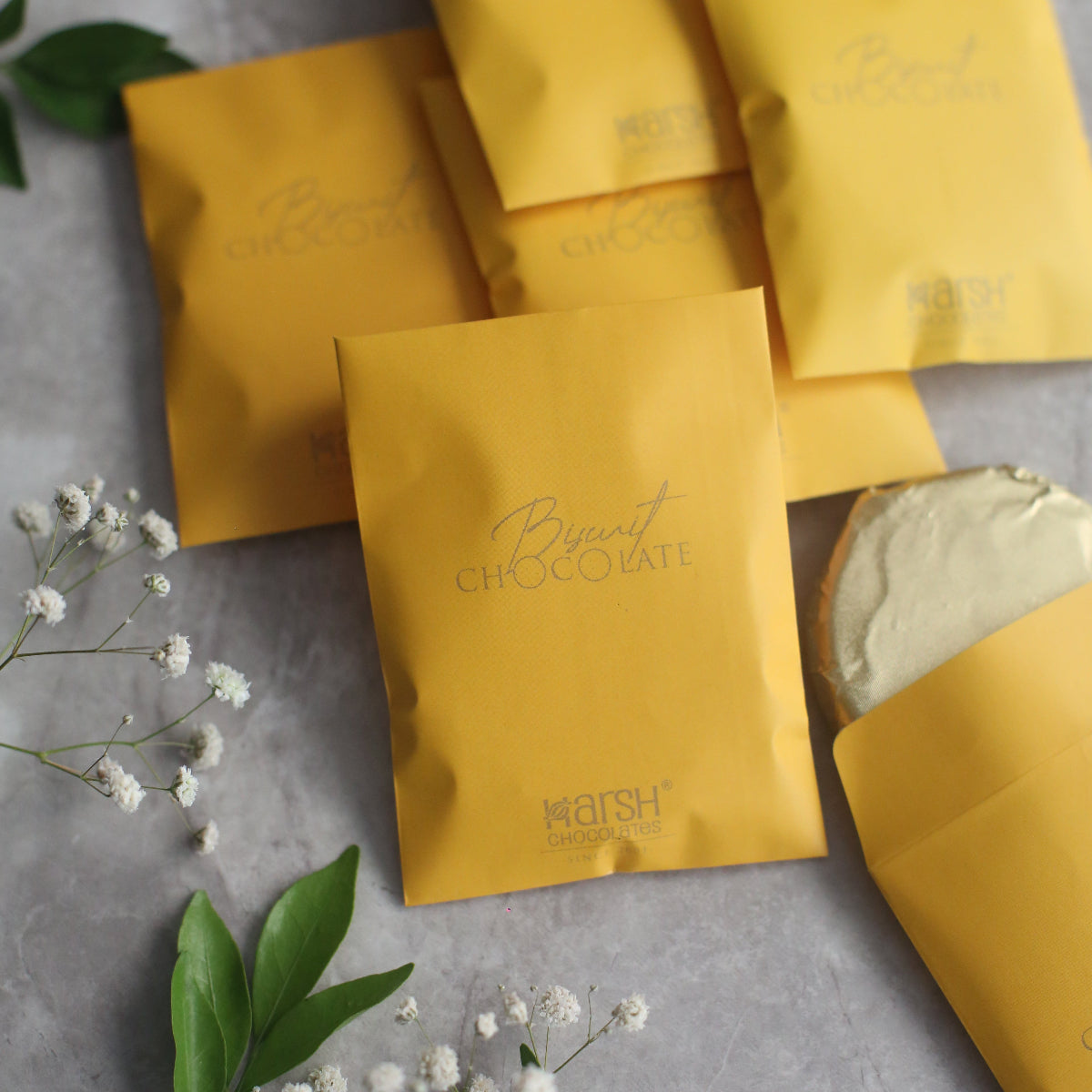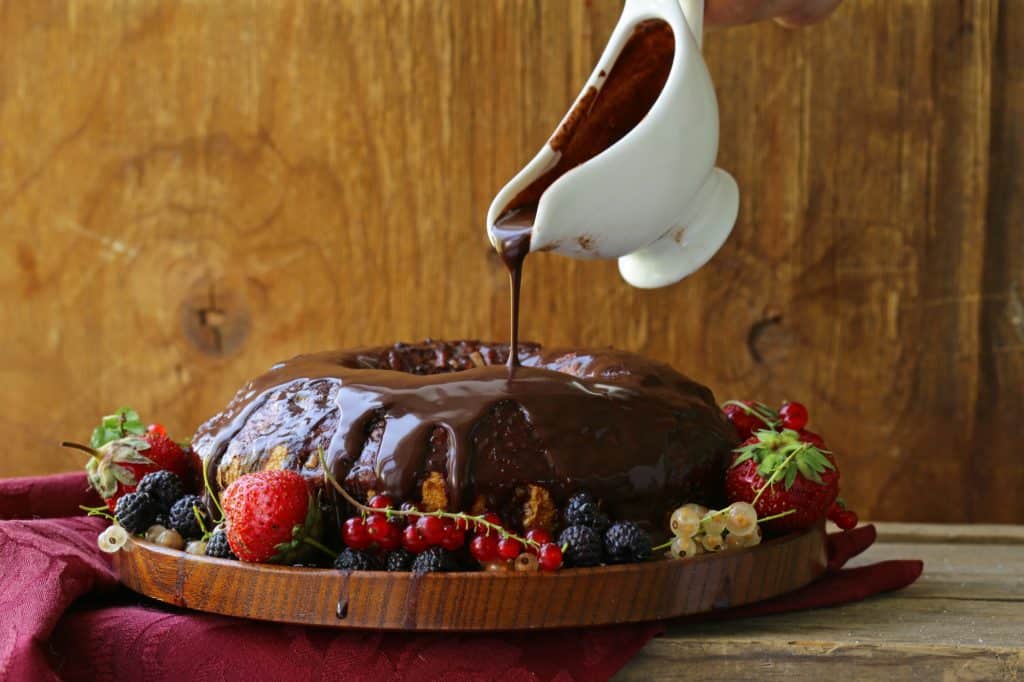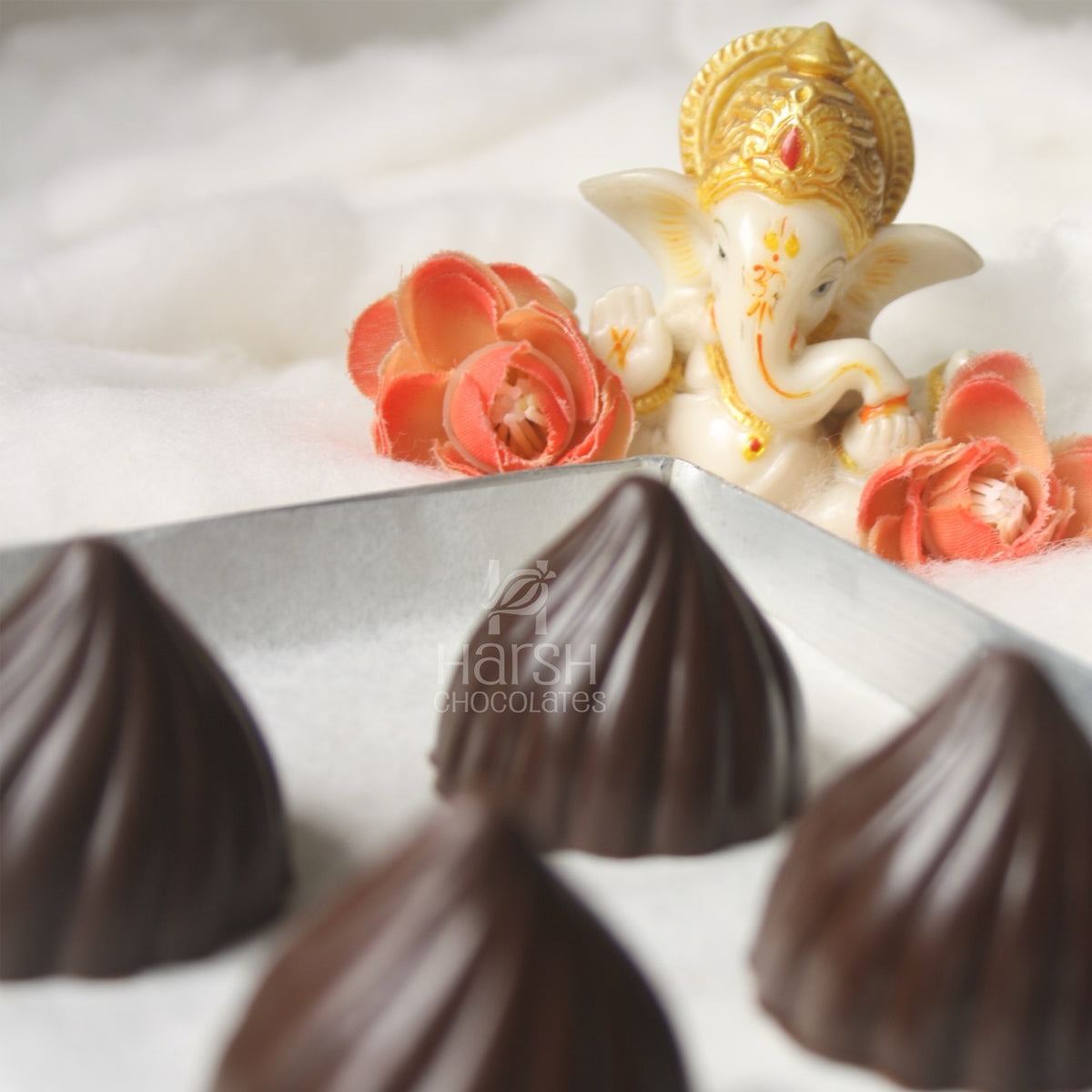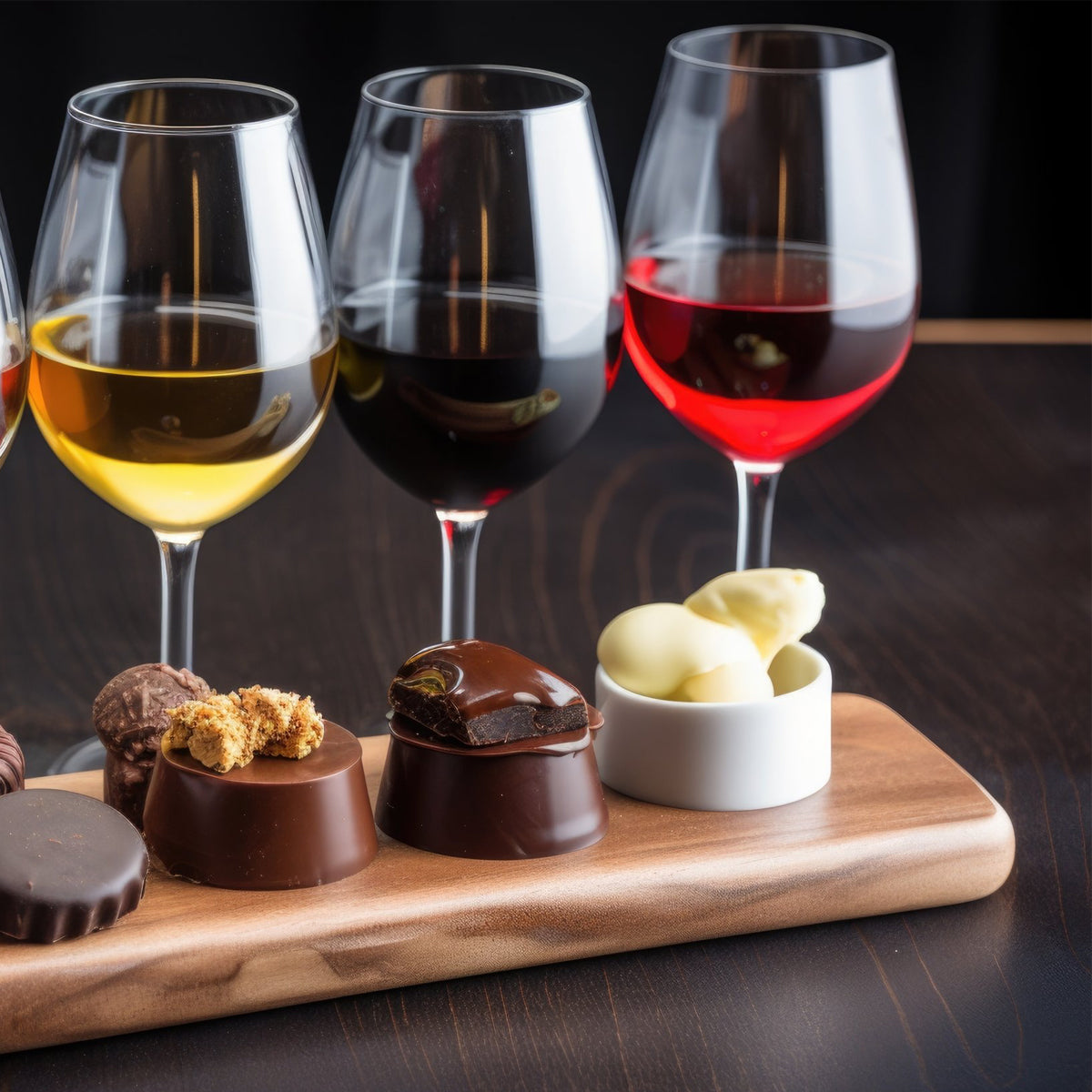Written by Gina in Food and Drink
Ever been tempted to eat baking chocolate or cook with ordinary chocolate? I have. So, what’s the difference?
The difference between cooking and ‘normal’ eating chocolate is largely how much the chocolate is sweetened. Baking chocolate usually contains little or no sugar compared to ordinary eating chocolate, and has a higher percent of cocoa solids.
Cooking chocolate intended for tempering or coverture will sometimes have a higher cocoa butter content too, so that it melts consistently and smoothly.
Covered in this Article:
What is cooking or baking chocolate?
Cooking chocolate, sometimes also called baking chocolate, is a product made from cocoa solids and cocoa butter. It is intended for use in baking and cooking when sugar and other things are added later in a recipe depending on what is being made.
Cooking chocolate comes as blocks or chips of milk, white and dark chocolate, often subdivided into sweet, semi-sweet, bittersweet or unsweetened, or by cocoa percentage. It’s often high in cocoa solids and low in sugar. This makes it ideal for cooking as the baker can control how sweet the end results will be.
‘Normal’ eating chocolate usually contains milk and added sugar, plus other ingredients like fruit, nuts or other items added to it to make a complete bar of chocolate (or individual piece, like a truffle). Baking chocolate doesn’t come with such extras as it’s the cook’s decision on what to add.
Cooking chocolate can also be intended for couverture (a French term meaning ‘to cover’) or tempering. This type of cooking chocolate is higher in cocoa butter so that it can be melted to a glossy texture and cool to a hard, shiny finish, like you’ll see produced by most artisan chocolatiers.
Can I eat baking chocolate? Is it safe to eat?
Yes, you can eat cooking chocolate. After all, you usually eat it anyway in the end result of recipes such as brownies, chocolate cakes and so on. It’s perfectly safe to eat it, but the question is whether you’d actually want to.
If you’re used to sweet, creamy chocolate you might get a bit of a shock considering how bitter some of it can be. Those people without such a sweet tooth might actually prefer it.
If it’s a crisis moment where all the shops are shut and baking chocolate is all you’ve got in the cupboard and you NEED CHOCOLATE then your best bet is to drink it, gently melted with sugar and milk – this is the closest quick fix you’ll get to an ‘ordinary’ chocolate bar.

Is cooking chocolate healthier or better for you?
Considering its much lower sugar content, cooking chocolate can be considered ‘better’ for you as it usually contains more cocoa solids, less fat and fewer additives. However, like all food you have to be a bit canny and read the labels.
For example, some bars labelled as “chocolate” only have to have 35% or more cocoa solids (25% for anything labelled “milk chocolate”) in the EU or UK. In the USA it’s even less than this, down to 10%.
Due to its lower cocoa butter content, cooking chocolate is sometimes blended with other ingredients such as coconut or palm oil, which are cheaper than cocoa butter.
There are also other additives common in baking chocolate that are used so that it keeps its shape when cooking (for example, in chocolate chips intended for cookies or muffins).
Good quality baking chocolate at the unsweetened end can sometimes be almost 100% cocoa solids, which is good if you want to start with purity of ingredients from scratch.
It will need sweetening to be palatable to most tastes, though, but at least you get to control which type of sweetener you use, such as a natural one like honey or raw sugar products.
Can I use normal chocolate instead of baking chocolate?
Yes, normal eating chocolate can widely be used as a substitute for baking chocolate in almost any recipe. However, due to the fact that eating chocolate already has quite a bit of sugar added to it, you may want to reduce the sugar in your recipe accordingly.
Ordinary chocolate bars are also a popular covering for cakes and muffins, or you can use broken biscuits or chocolate bars in other baking recipes like a tray bake.
If you plan on cooking with chocolate in a more technical way such as a ganache or cake covering, it’s better to use baking chocolate intended for that task, rather than ordinary chocolate, as the composition and balance of cocoa butter is different.
Can baking chocolate be tempered?
Baking chocolate is probably not the best choice for tempering unless it’s designed for that purpose and labelled ‘coverture’ or ‘covering’ chocolate.
Tempering is a process that gives the finished chocolate a glossy, hard surface and a pleasant ‘crack’ texture when you bite into it (think of filled liqueurs, ganache truffles or similar). This is due to the cocoa butter crystallising at a precise temperature to give the chocolate an unparalleled smoothness and uniformity before it’s used.
Because baking chocolate doesn’t usually contain a lot of cocoa butter, it’s going to be extremely difficult to temper it. You can buy cocoa butter pellets separately, but by the time you’ve bought both types, you may as well have paid for cooking chocolate best made for the task.
However, there IS a work-around when using a chocolate unsuitable for tempering, if you don’t mind not having the gloss finish. Chocolate that can’t be tempered easily (or that turns out wrong when you try) will have a matte, greyish appearance and sometimes has a ‘bloom’ where cocoa butter solids rise to the surface.
This is harmless and won’t affect the taste, but doesn’t look very nice or presentable.
The best thing is to brush the cake, truffle or whatever it is with a bit of melted chocolate and roll it in crushed nuts, chocolate flakes, natural cocoa powder, icing or something else that will hide the error and still taste good. Many truffles have this coating as a decorative feature anyway, not because they’ve necessarily gone wrong!

Can you use cooking chocolate for ganache?
Yes, you can use cooking chocolate for ganache because you’ll be adding fats to the mixture, such as butter or cream. It won’t necessarily be glossy like a tempered ganache, but it will taste very chocolatey, as it should be.
Very often the best ganaches, tortes or ‘chocolate pots’ use dark cooking chocolate (of superior quality), a little sugar and cream blended together.
Is cooking chocolate gluten free / vegan / dairy free?
Interestingly, the better the quality of the baking chocolate, the more likely it is to be ‘naturally’ vegan, gluten free and dairy free. This is because the very best kinds of baking chocolate have very few ingredients, usually all-natural ones such as cocoa solids, cocoa butter and perhaps a small amount of sugar.
Cocoa butter often confuses people because of the word ‘butter’, but it has nothing to do with milk – it’s both vegan and dairy free, occurring naturally in the cocoa bean. Cheaper brands may have milk or whey or them – always check the labels.
What is the highest quality / best baking chocolate?
I’ll freely admit that I am biased towards the most famous chocolatiers in the world – the Belgians. I spent ten years volunteering for a Brussels based company and I’ve tested more of this stuff than I’d like to admit!
My favourite brand is Callebaut, who are one of the world leaders in all things chocolate. Amazon almost always have their full range (click to check the UK prices). They also sell in the USA (click to check the prices).
If you’re thinking about tempering, their ‘Callets’ range makes it much easier as they’ve already crystallised the cocoa butter to the optimum size, so you can add additional, non-Callet chocolate to it and still get the same effect.
Most of their products are just made from whole roasted cocoa beans, so they’re vegan and lactose-intolerant friendly. They also have a good history in using sustainable cocoa sources.
A close second is Belcolade, who are also a quality Belgian chocolate manufacturer. Click to check their range on Amazon in the UK, or if you’re in the USA, you can also see what’s available here.
If you’re short of time and can’t wait for delivery, or trying to find quality baking chocolate in supermarkets, you can sometimes find Valrhona, who are a French company also making good cooking chocolate. I don’t think it’s on a par with the Belgian products, but it’s a good option.
Supermarket own-brand (or even ‘big brand’) baking chocolate tends to be slightly poorer quality as it’s aimed at those intending to mix it into a cake or other recipe where it doesn’t need to stand on its own and shine as the prime ingredient. If you’re just knocking up some chocolate cupcakes for the kids, this is more than adequate.
A basic rule of thumb is that the better the chocolate, the better the taste – but that’s true of almost everything in the land of food!
I'm an ex-BBC food co-ord and committed cuisine nerd. My specialties are travel (I've been to over 50 countries), food, drink, the outdoors, and any geeky tech!
